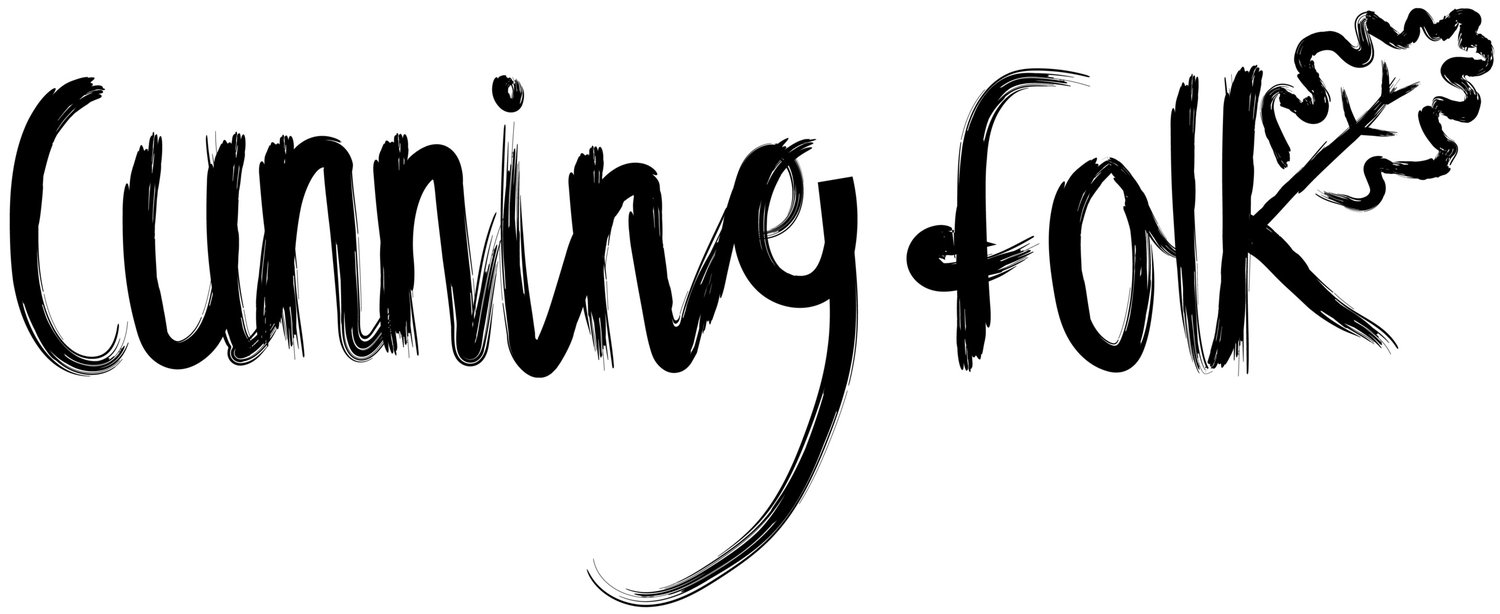Poetry has always been intrinsically linked to spellcasting; from creating rhyming rituals to Shakespeare’s wyrd sisters. The rhythm of the language in both poems and incantations makes them almost interchangeable. It’s difficult to demonstrate where a poem ends and a spell begins, or vice versa.
Terri-Jane Dow has collated some occult poetry collections to get you started.
WITCH, by Rebecca Tamás
Rebecca Tamás’ first full-length collection is full of spells (quite literally; it includes “spell for reality,” “spell for agency,” and “spell for online porn,” among others) and hexes. It’s also full of feminism and fire, history, and the need for change. It’s a phenomenal collection. You can read a sample from Penned In The Margins.
The Collected Poems, by Sylvia Plath
Sylvia Plath and Ted Hughes both dabbled in the occult to help them write. Using a tipped over glass and a homemade ouija board, they invoked a spirit they called Pan, and at various points, both mused on Pan’s influence on their writing. Plath’s poem, Ouija, found in The Collected Poems, being one of the more notably inspired by the occult.
Spells: 21st Century Occult Poetry, ed. Rebecca Tamás & Sarah Shin
Opening with the reminder “spells are poems : poetry is spelling,” this collection of thirty-six poems brings together the best modern poetry on the occult. It includes poems from Amy Key, AK Blakemore, Emily Berry, Ursula K. Le Guin, and Kaveh Akbar, among others.
Animal, by Dorothea Lasky
Spells contributor and half of @poetastrologers, Dorothea Lasky’s latest full-length collection, Animal, comes out in October, giving you just enough time to read up on her other writings. We’d start with Snakes, or her previous collection, Milk.
While Standing In Line For Death, by CAConrad
Written following the murder of CAConrad’s boyfriend, Earth, While Standing in Line for Death won the 2018 Lamda Literary Award for Gay Poetry. Veering through grief and anger to clarity, it’s a journey through the poet’s depression, containing 18 rituals and the poems that follow them. You can read more about CAConrad’s (Soma)tic Rituals for poetry writing, and learn how to make your own poetry rituals, here.
Unicorn, by Angela Carter
Better known as a novelist, Angela Carter was also a poet. This posthumous collection contains poems written between 1963 and 1971, and shows Carter’s early explorations of myth reworkings and magic. These poems begin to pick up the darker sides of the folklore stories we know, and which Carter expanded on in her later writings, such as The Bloody Chamber. You can read her poem Two Wives and a Widow here in The London Magazine, where it was first published in 1966.
Selected Poems, by Aleister Crowley
This wouldn’t be much of an occult reading list without including Aleister Crowley, would it? A prolific writer of works on the occult, Selected Poems gives a broad look at Crowley’s poetry, including his famous poem Hymn to Pan.
The Collected Poems, W. B. Yeats
And finally, we cannot mention Aleister Crowley without mentioning his poetic rival, W. B. Yeats. Yeats was also part of the Hermetic Order of the Golden Dawn, and was one of the members who ousted Crowley from the Order in 1900. Crowley, of course, went on to create his own society, but apparently never overcame his envy of Yeats’ writing talent. Yeats’ own interests in the occult were far-reaching; he claimed that “the mystical life is the centre of all that I do and all that I think and all that I write.” Read The Second Coming here.
























